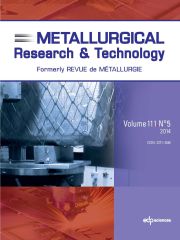Article contents
Towards time-resolved LCA of electric vehicles in Germany
Published online by Cambridge University Press: 20 March 2014
Abstract
Electric vehicles in Germany are expected to have an average lifetime of twelve years. During their long use-phase these vehicles rely on electricity from the power grid. A historic review shows that over the last twelve years the German electricity-mix has undergone a massive transition. Renewable energy sources are on the rise, while nuclear power is phased out. This trend is expected to continue. Since the environmental impacts of electric vehicles depend on the electricity-mix, this study performs a life cycle assessment that respects the transitions in the observed time-span. This study defines the new term “time-resolved LCA”, in contrast to conventional LCA- and dynamic LCA-methodology, as an LCA-approach which is based on statistical, time-resolved data. Time-resolved LCA aims at becoming a simple and feasible method to reduce model-uncertainty in LCA. The authors conclude that time-resolved LCA improves model-quality significantly. Most environmental impacts of electric vehicles decrease, when the more precise time-resolved approach is employed. Further implications of the new approach are outlined.
Keywords
- Type
- Research Article
- Information
- Metallurgical Research & Technology , Volume 111 , Issue 3: Social Value of Materials (SAM 7) , 2014 , pp. 169 - 178
- Copyright
- © EDP Sciences 2014
References
- 7
- Cited by


